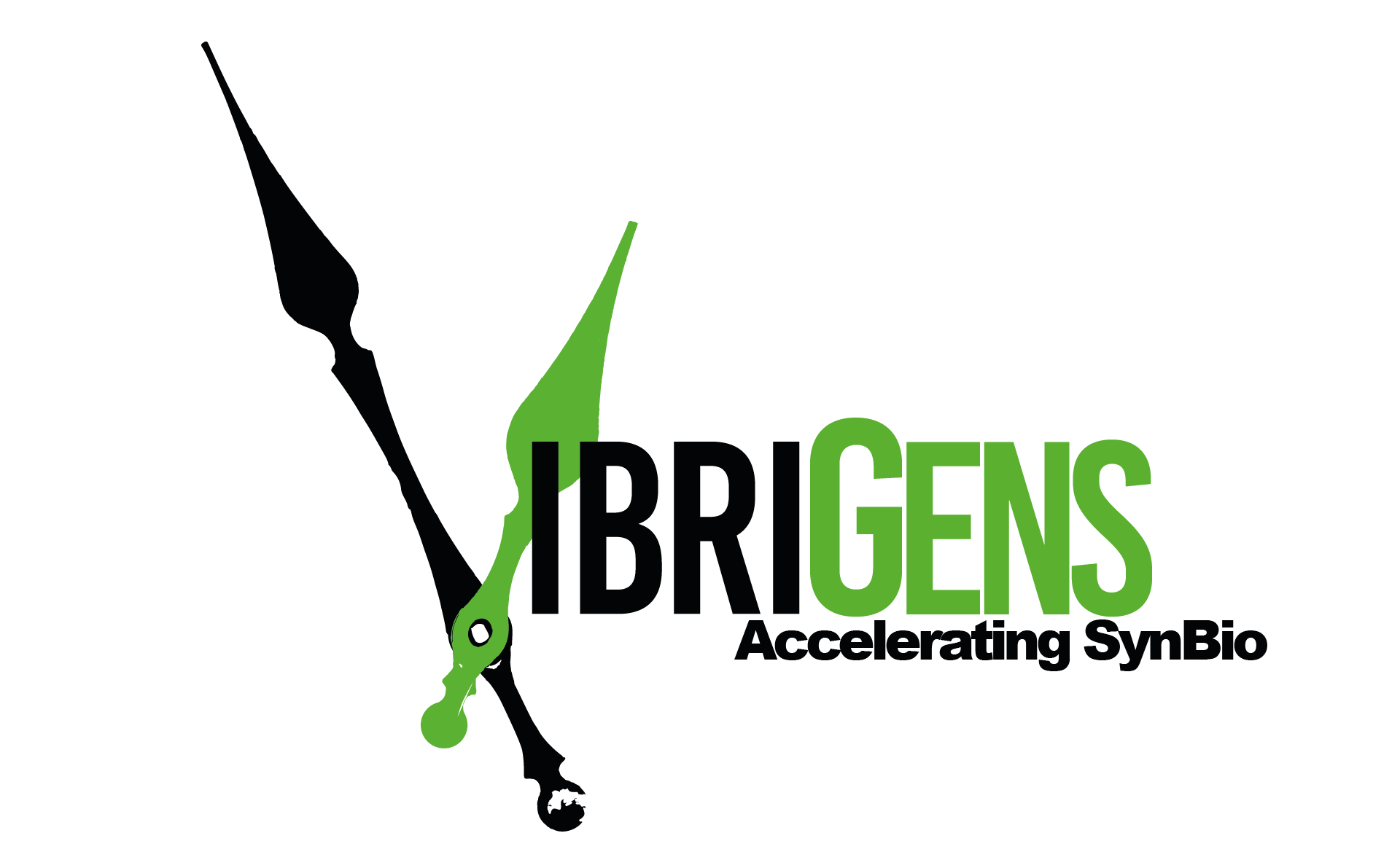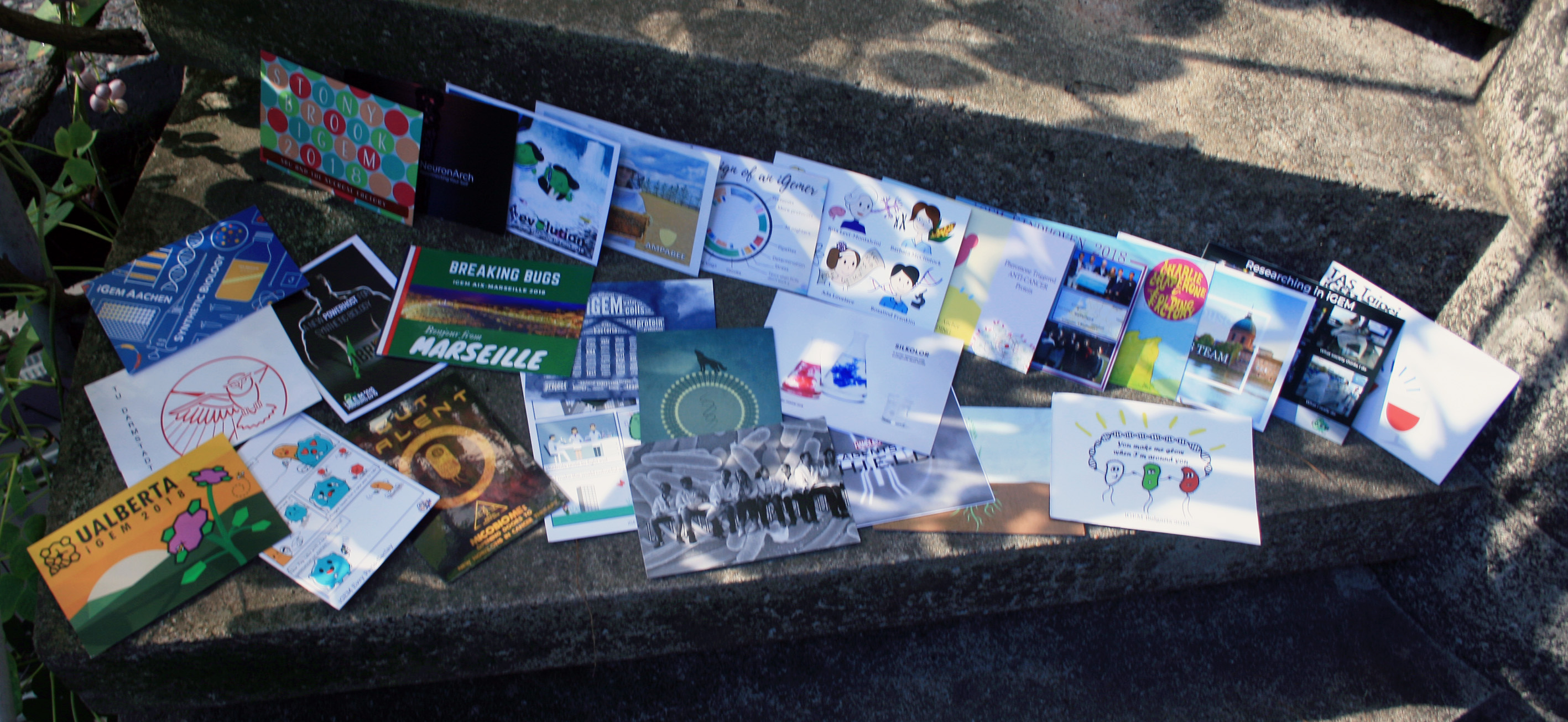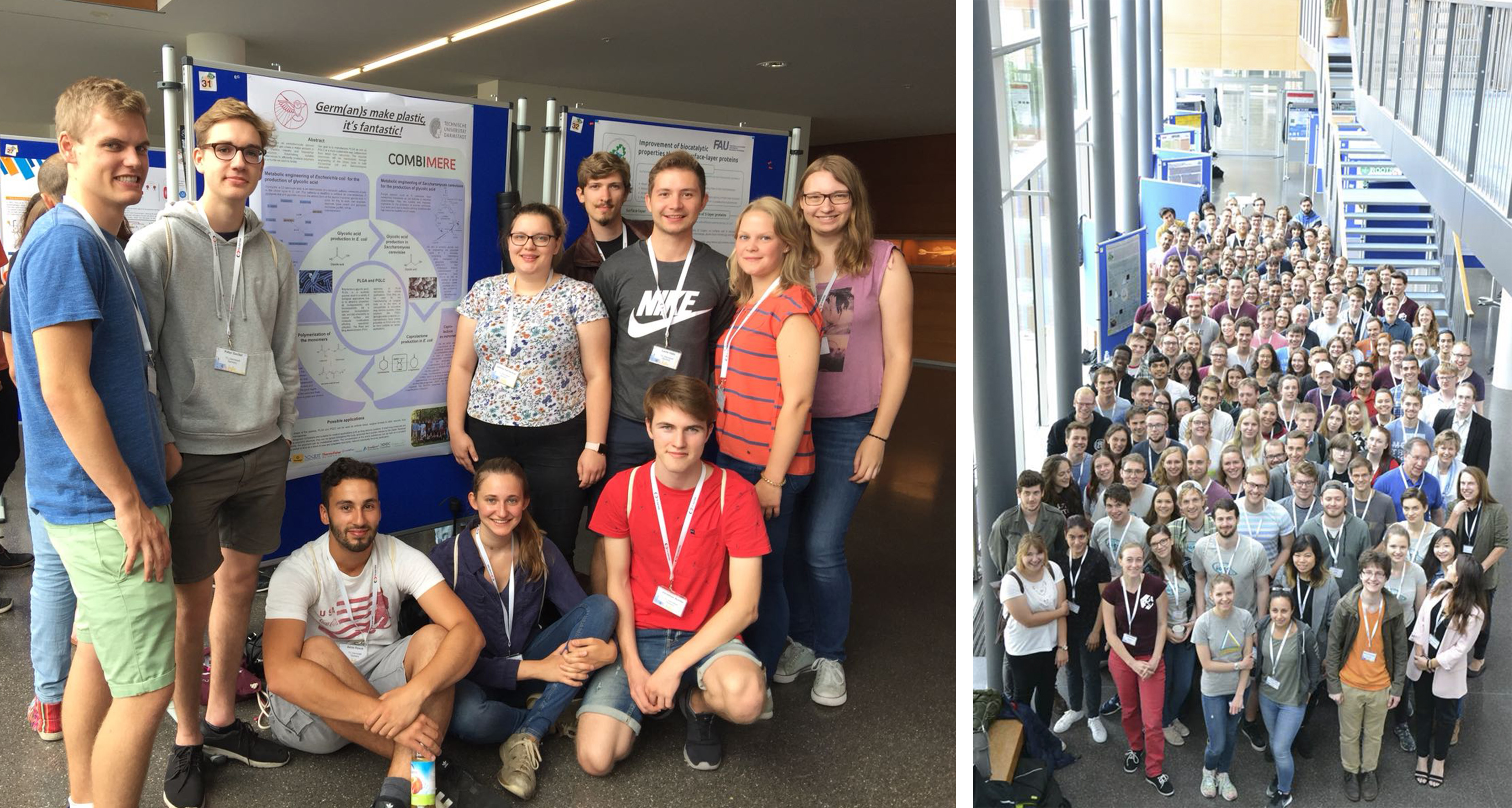| Line 46: | Line 46: | ||
===German and European Meetup=== | ===German and European Meetup=== | ||
[[image:T--TU_Darmstadt--Meetup.jpg|820px|alt=Text|class=margin|Postcards]] | [[image:T--TU_Darmstadt--Meetup.jpg|820px|alt=Text|class=margin|Postcards]] | ||
| − | [[image:T--TU_Darmstadt--EuropaDa.jpg|50px]] | + | <--[[image:T--TU_Darmstadt--EuropaDa.jpg|50px]] |
| − | [[image:T--TU_Darmstadt--Group.jpg|50px]] | + | [[image:T--TU_Darmstadt--Group.jpg|50px]]--> |
Revision as of 10:05, 9 October 2018
Contents
Collaborations
iGEM Stuttgart
In 2017, iGEM TU Darmstadt worked with chitosan-producing and chitosan-modifying enzymes. This year’s iGEM team from the university of Stuttgart is working with chitosan, as well. In this context, iGEM Stuttgart contacted us asking for help and advice. Since, we were excited to hear of another team seeing the potential in chitosan as an antimicrobial coating, we were happy to help.
In agreement with our team members from 2017, we sent them the most relevant parts of the 2017 iGEM TU Darmstadt project. Stuttgart planned to produce chitosan in one single cell, using our chitin synthase (NodC) and chitin deacetylase (NodB). Based on the work and progress of our last year’s team, we could provide Stuttgart with helpful information concerning chitosan research. In particular, discussions with experts such as Prof. Dr. Moerschbacher helped us to recognize and tackle problems coming up during lab work. We recommended the team to contact him and other researchers.
Before the European Meetup, we had agreed on meeting the team there and answer questions, which were still unanswered in a personal conversation. During the Meetup we talked about the chitindeacetylase NodB and pointed out which difficulties we had come across during expression, purification and the assays. Also, we recommended them the kit Prof. Dr. Moerschbacher had suggested. Due to the problems with NodB inclusion bodies, we recommended them to use COD from Vibrio cholerae instead. The team appreciated our recommendation and focused their lab work more on the COD. We were especially curious how they would solve the inclusion body problem and many other issues we had encountered the year prior.
It was a great pleasure to collaborate with iGEM Stuttgart and we hope we were able to help them with their project.
iGEM Marburg
This year, the iGEM team of Marburg tries to establish a new chassis (Vibrio natrigens) for iGEM. They reached out to various other teams in an effort to standardize V. natrigens for various labs around the world.
We repeated the InterLab study for iGEM Marburg in which we performed fluorescence and absorbance measurements with the InterLab plasmids and the transformed V. natrigens. We were especially fascinated by their incredibly fast growth rate during our experiments.
Thus, the new organism reveals a great opportunity for scientists to save time and to work more efficiently. Therefore, it was a pleasure to work with this novel organism and share our obtained data.
We were thankful for the opportunity to try out a new powerful organism and will try to implement V. natrigens in our everyday laboratory life.
iGEM Düsseldorf
Over the years, it has become a pleasure for us to design postcards and send these to Düsseldorf. They collect them from many iGEM teams and send these to all teams designing a postcard. It is always great fun to see how other teams designed their postcards.
Thank you, Düsseldorf for spending time organizing the opportunity to exchange information about the teams’ projects in a fun and innovative manner. As always it was a pleasure for us!
Have a look at all the postcards!





